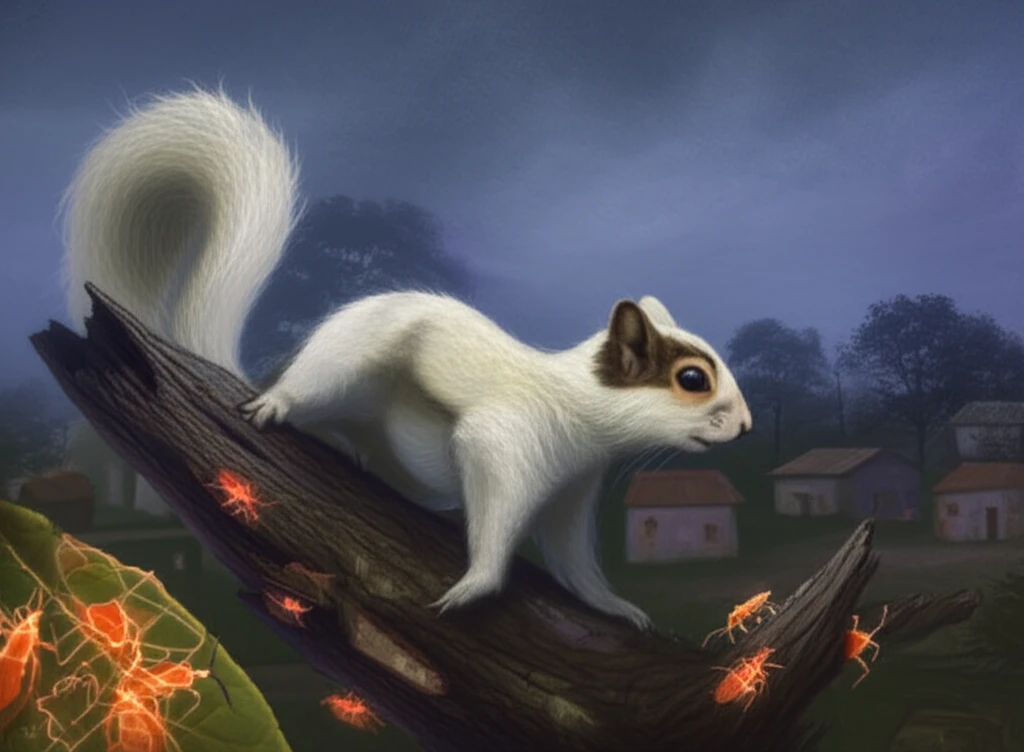
Chagas Disease: How Squirrels Can Help Us Understand and Combat the 'Kissing Bug' Threat
"New research uncovers the surprising role of squirrels in spreading Chagas disease, offering vital clues for prevention and control."
Chagas disease, a potentially life-threatening illness, is caused by the parasite Trypanosoma cruzi and spread primarily through insects known as triatomines, or 'kissing bugs.' While often associated with rural areas in Latin America, the dynamics of how this disease spreads from wildlife to humans are complex and not fully understood.
A recent study published in Parasites & Vectors sheds light on a surprising player in the Chagas disease cycle: the white-naped squirrel (Simosciurus nebouxii). Researchers in Ecuador have found that these squirrels, common in areas near human dwellings, frequently host triatomines infected with T. cruzi. This discovery underscores the importance of ecological factors in understanding and controlling the disease.
The study highlights how changes in land use and the presence of these squirrels influence triatomine abundance and T. cruzi persistence. By examining the ecological features that make squirrel nests ideal habitats for these insects, scientists hope to develop more effective strategies to combat Chagas disease.
Squirrels, Kissing Bugs, and Parasites: Unpacking the Connection

The researchers conducted their study in forest patches near two rural communities in southern Ecuador. They meticulously examined trees, both those with squirrel nests and those without, recording ecological information such as tree height, diameter, and species. Manual examinations of the nests revealed the presence of triatomines, and further analysis determined whether these insects were infected with Trypanosoma cruzi.
- High Infestation Rates: Nearly 60% of the squirrel nests examined were infested with triatomines.
- Nymph Colonization: 60% of the infested nests showed evidence of nymph colonization, indicating that the triatomines were reproducing within the nests.
- Parasite Detection: 46% of the analyzed triatomines were infected with T. cruzi.
Why This Matters: Implications for Chagas Disease Control
This research emphasizes the importance of considering ecological factors when addressing Chagas disease. By understanding the relationship between squirrels, triatomines, and the parasite, we can develop more targeted and effective control strategies. These might include measures to reduce triatomine populations in areas where squirrels are abundant, as well as efforts to prevent the insects from entering human dwellings. Further research is needed to fully understand the dynamics of T. cruzi transmission in different environments and to develop innovative approaches to prevent and treat Chagas disease.
